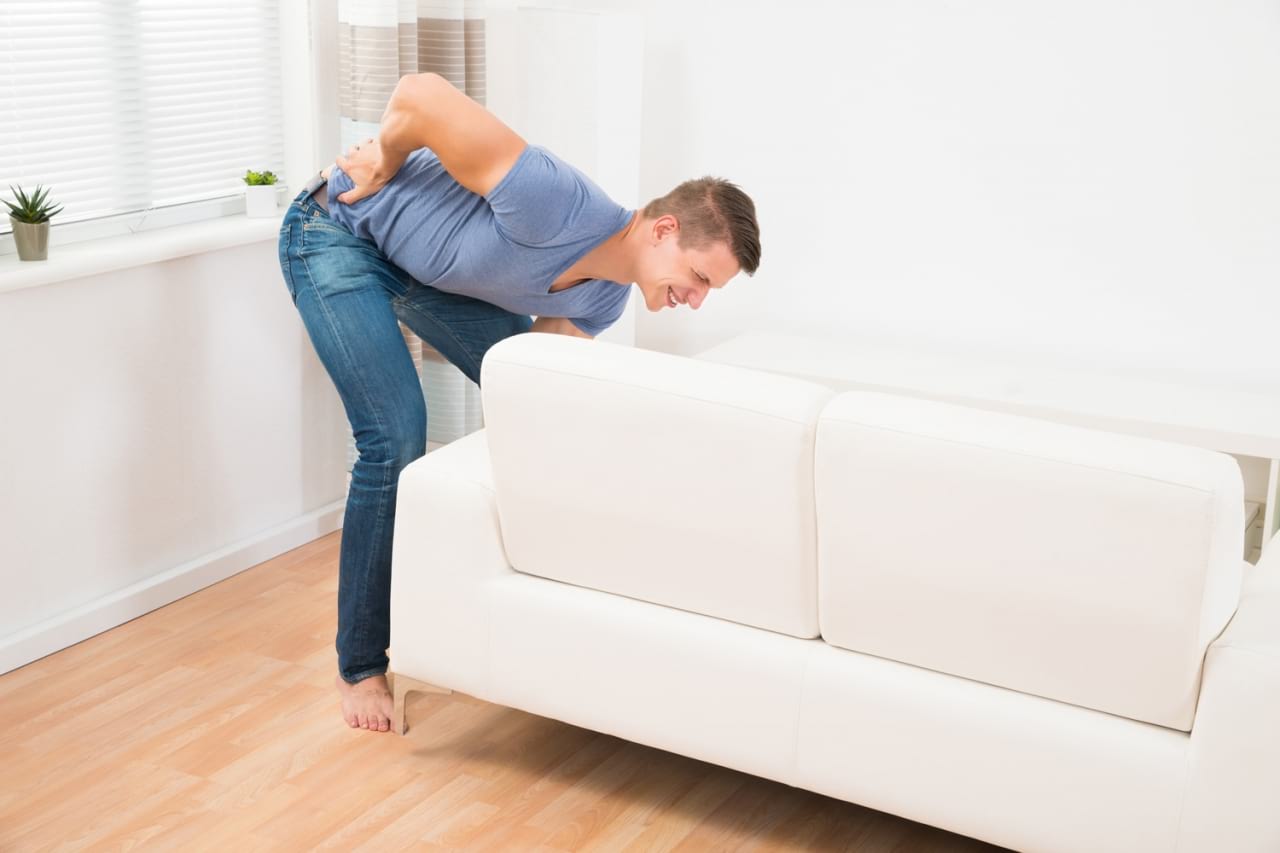Radiculopathy, better known as radiculitis, is a condition of the body, accompanied by painful sensations in the back and / or neck with irradiation (the spread of pain beyond the immediate lesion) or without and is a consequence of inflammation of the nerve roots in the spinal column. Radiculitis can be lumbosacral, cervical or thoracic. In all cases, it is accompanied by pain, often one-sided, loss of sensitivity, as well as muscle weakness or hypertension.
Radiculitis is most often a consequence of traumatization of the nerve root by adjacent vertebrae or a hernia of the spine, and may also be a consequence of other pathological changes in its structures, in the people often called osteochondrosis.
To provoke the manifestations of radiculitis can be traumas, hypothermia, a sharp rise in loads or even a long-term static posture.
Types of radiculitis
Depending on the place of compression of the nerve root, radiculitis occurs:
• Cervical sciatica - characterized by pain in the neck, which can spread to the upper limbs.
• Thoracic radiculitis - occurs less frequently (more often inflammation occurs in the intercostal nerves), accompanied by pain in the thoracic region.
• Lumbosacral sciatica - often combined with irritation of the sciatic nerve, accompanied by pain in the lower back and one-sided pain in the buttocks, hips, foot.
In the Institute of Vertebrology and Rehabilitation, we have a comprehensive impact on both the symptoms and the causes of radiculitis.
How do we treat sciatica in the Institute of Vertebrology and Rehabilitation?
With acute pain at an early stage, it is quite effective to use the technique of specialized medical blockades.
But first of all we focus on systemic treatment and on the cause of inflammation of the spine (a decrease in the height of the intervertebral disc, a functional block in the spinal segment, protrusion, extrusion, uneven spinal load due to asymmetry of the muscular corset, etc.).
Physiotherapeutic procedures remove hypertonic muscle and inflammation.
Short-arm correction helps to eliminate functional blocks in the vertebral-motor segments.
Therapeutic myofascial massage allows you to effectively work with myofascial back structures to restore their normal tone and mobility.
Often the root of the problem is weakly or asymmetrically developed deep back muscles, which leads to an uneven distribution of the load on the joints of the spine, intervertebral discs and ligamentous apparatus of the spine. To solve this problem after the course of treatment, we apply the unique Finnish-German method of David, which allows us to work out and strengthen deep muscles of the back.


